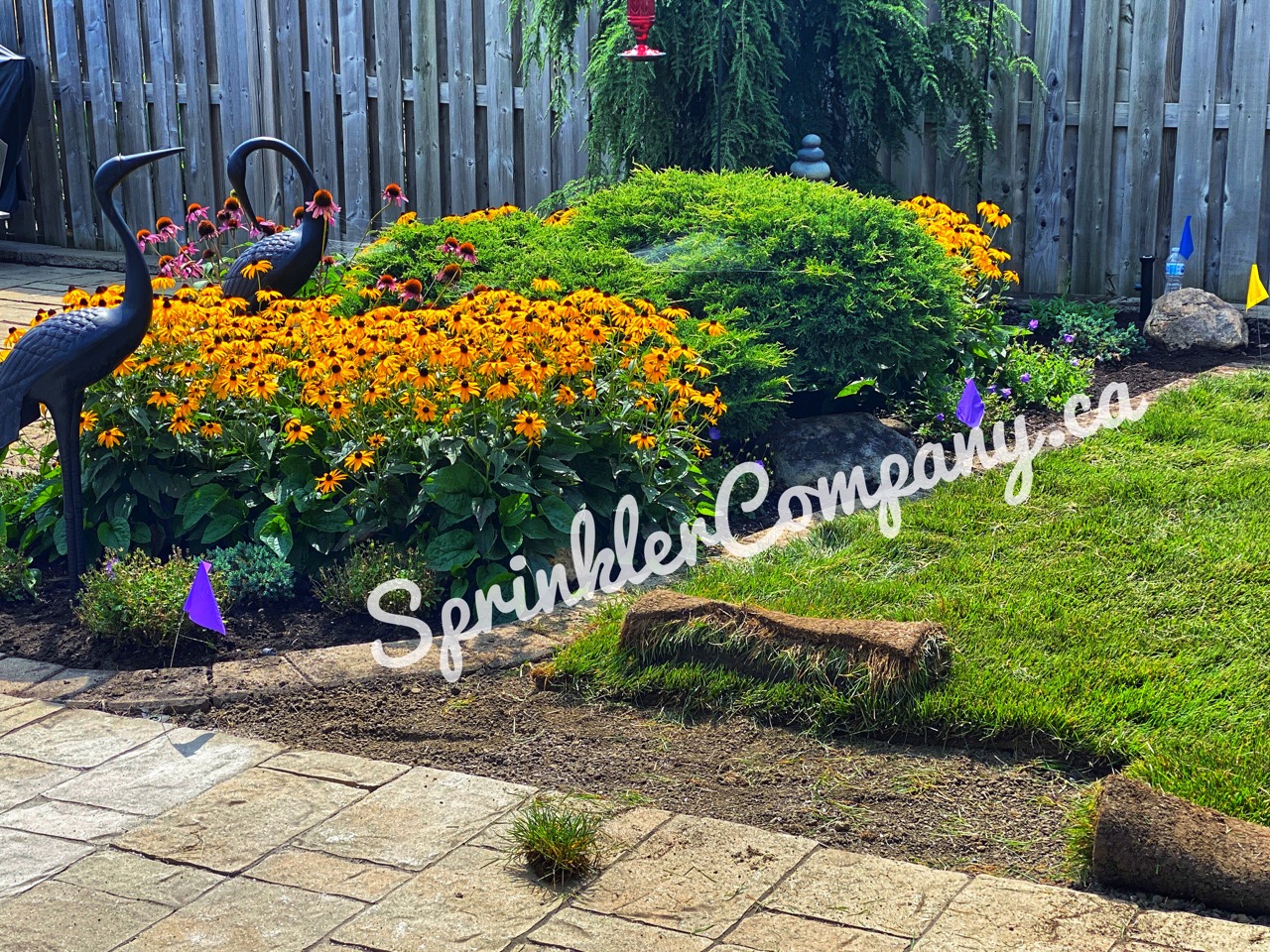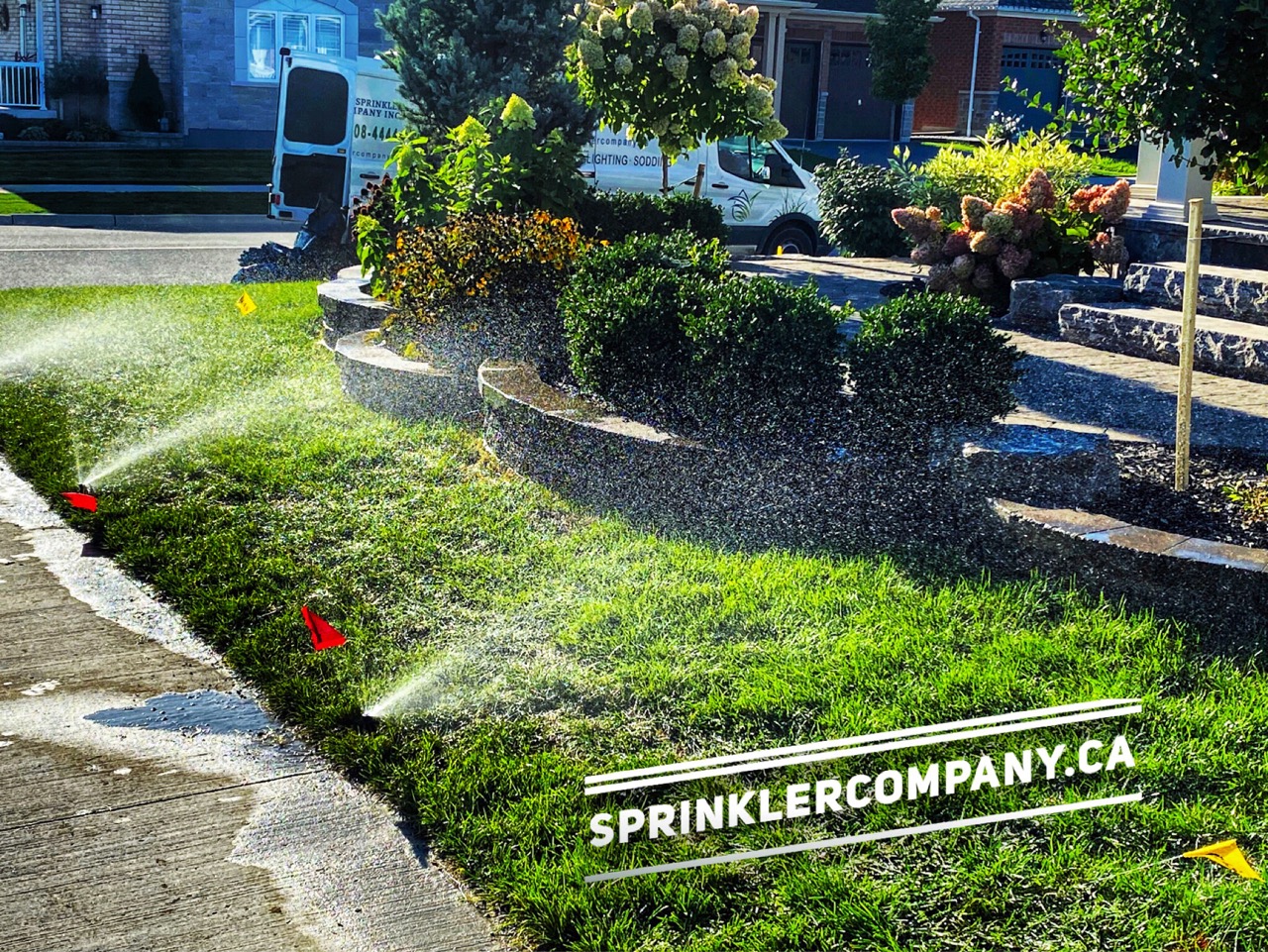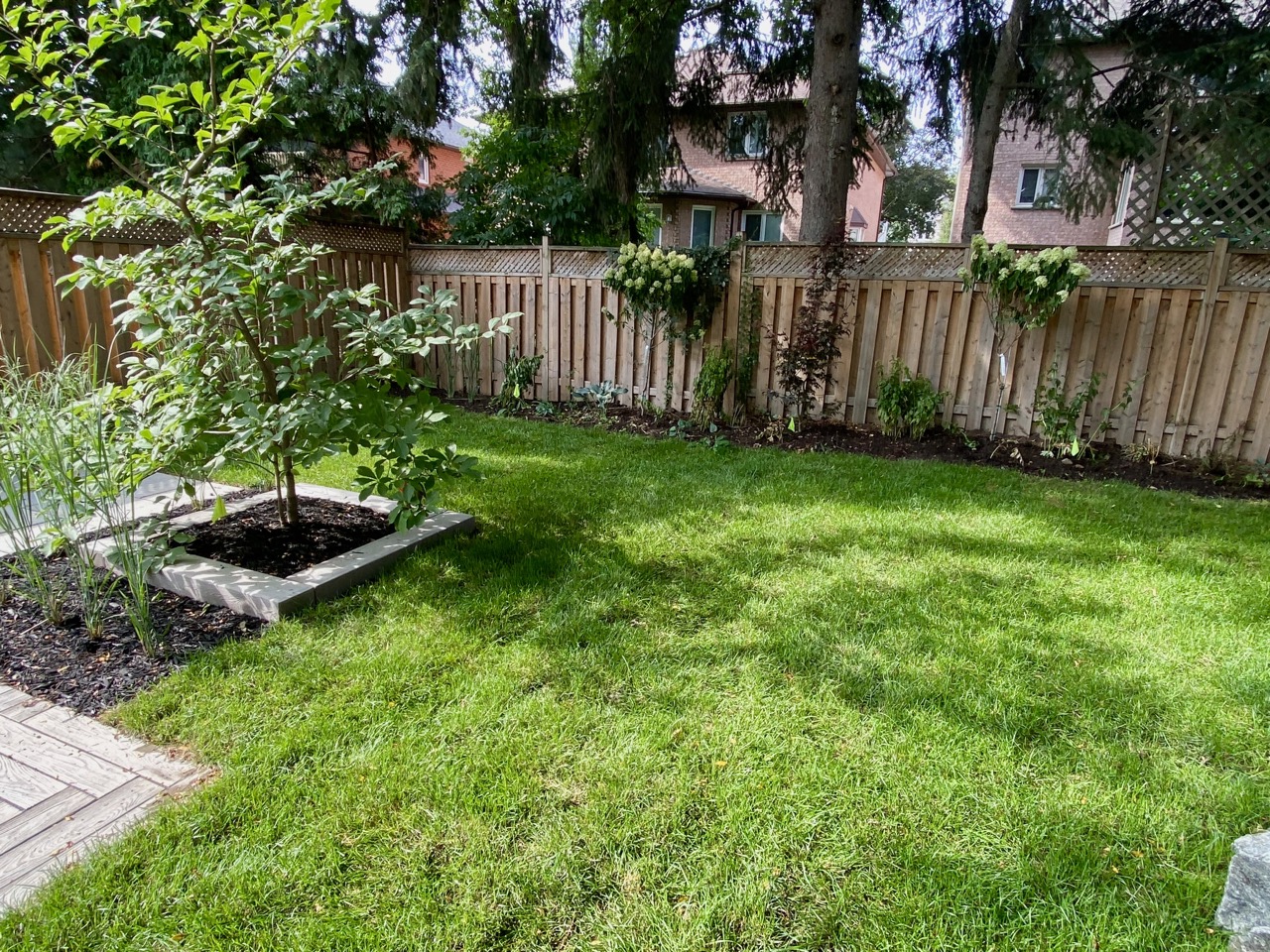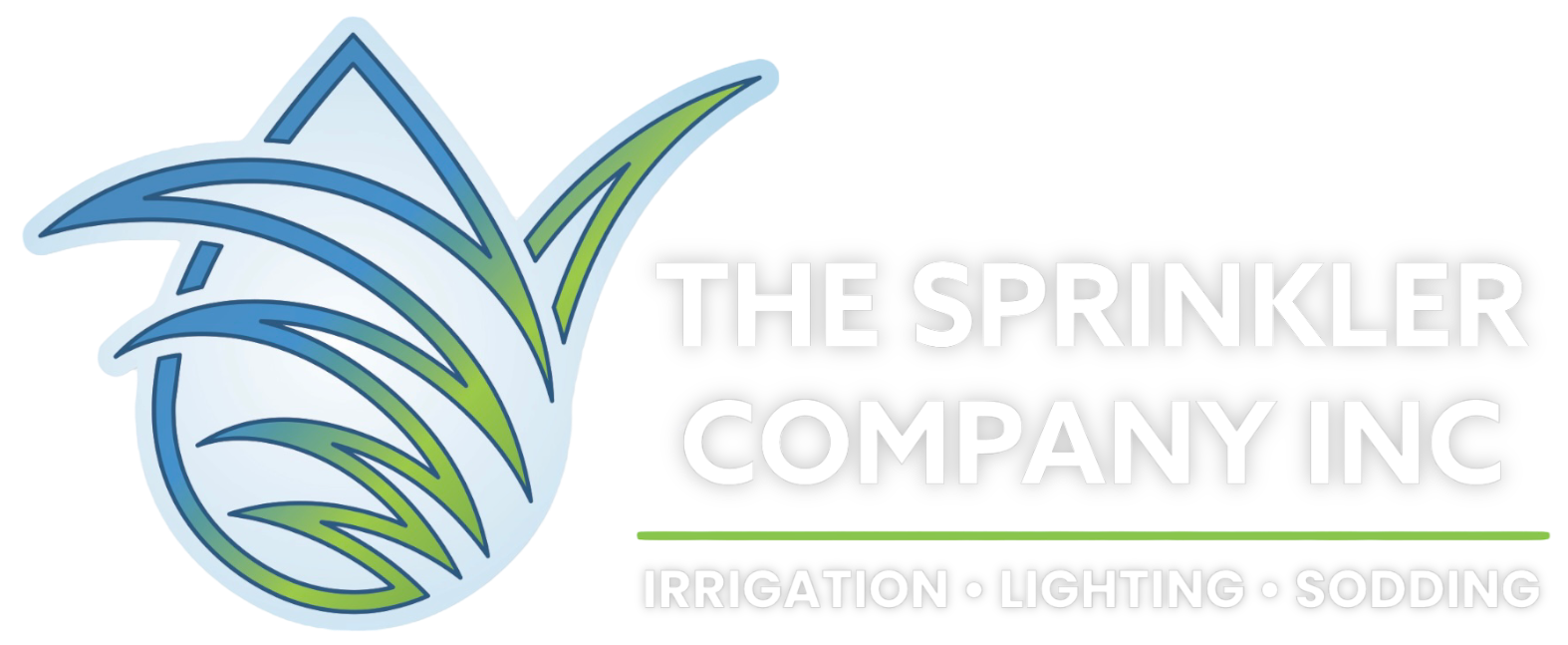Preparing Your Sprinkler System for Winter
Essential Steps to Ensure a Smooth Spring Start
Mastering Sprinkler Winterization Techniques
Expert Tips for Protecting Your Irrigation Investment
Exploring Basics of Sprinkler Winterizing
Irrigation winterization is a crucial maintenance task for homeowners with irrigation systems. As temperatures drop, water left in the pipes can freeze, expand, and cause costly damage. The basics of irrigation winterization involve a few key steps.
First, turn off the water supply to the sprinkler system. This prevents water from entering the pipes. Next, open all the valves and drain any remaining water from the system. Use compressed air to blow out any residual water, ensuring there’s no lingering moisture that could freeze.
Additionally, consider insulating exposed pipes to further protect against freezing. By following these simple steps, you can safeguard your sprinkler system from winter-related damage and ensure it’s ready to perform optimally when spring arrives.
Mastering Sprinkler Winterization
Protecting Your Irrigation System
Irrigation winterization, a crucial seasonal task, is essential to safeguard your irrigation system during cold months. To begin Irrigation Winterization, turn off the main water supply, preventing water from entering the system and potentially causing freeze-related damage. Open all valves and drains to facilitate thorough drainage, and employ compressed air to clear any lingering moisture from pipes and sprinkler heads. Don’t overlook insulating exposed components; this added layer of protection enhances Irrigation Winterization efforts. Following these fundamental steps for Irrigation Winterization ensures your system remains undamaged and ready for peak performance when spring finally arrives.
5 Key Steps of Sprinkler Winterizing
Begin Sprinkler Winterization by shutting off the main water supply to your system. This is a fundamental step in preventing Sprinkler Winterization damage.
As part of Sprinkler Winterization, open all valves and drains within the system. This facilitates the drainage of water, a crucial aspect of Sprinkler Winterization.
Employ compressed air to blow out any remaining water from the pipes and sprinkler heads. This step is essential in achieving thorough Sprinkler Winterization.
As an additional measure in Sprinkler Winterization, insulate exposed pipes and above-ground components to protect them from freezing temperatures.
Make Sprinkler Winterization an annual routine before winter sets in to ensure the longevity and functionality of your irrigation system.
Environmental Benefits of Eco-Friendly Sprinkler Winterization



Embracing eco-friendly practices in irrigation winterization offers a myriad of environmental benefits. By prioritizing sustainable methods, homeowners can significantly reduce their carbon footprint. One key aspect is the responsible disposal of any chemicals or irrigation system fluids, ensuring they don’t harm local ecosystems or water sources. Eco-friendly insulation materials and pipe coverings made from recycled or sustainable materials are excellent choices, minimizing environmental impact. Additionally, smart irrigation technology can be integrated, reducing water waste during winterization and throughout the year. Collectively, these eco-conscious choices not only protect the environment but also promote responsible stewardship of natural resources, making irrigation winterization an eco-friendly endeavor.
Benefits of Sprinkler Winterization
Irrigation Winterization helps avoid expensive damage caused by freezing water, ensuring your system remains in good working condition.
By properly shutting off your irrigation system during Sprinkler Winterization, you prevent unnecessary water usage, promoting water conservation.
Sprinkler Winterization extends the lifespan of your sprinkler system components, reducing the need for replacements and associated costs.
Responsible Irrigation Winterization reduces the risk of water waste and contamination, aligning with eco-friendly practices.
A well-winterized system is easier to restart in the spring, saving you time and effort in getting your irrigation system back up and running smoothly.
Common Mistakes
Neglecting Sprinkler Winterization entirely is a significant mistake. Failing to winterize your system can lead to costly damage when freezing temperatures occur.
Inadequate drainage during Sprinkler Winterization can leave water in the pipes, increasing the risk of freezing and damage. Ensure all valves and drains are fully opened to allow complete drainage.
Overlooking the insulation of exposed pipes and components is another mistake. Insulating them is crucial in protecting against cold temperatures and potential cracks.
Neglecting to use compressed air to blow out any remaining water from the system can leave behind moisture that may freeze and cause damage.
Waiting too long to perform Sprinkler Winterization can be a mistake. It’s best to do it before the first freeze to ensure your system is adequately prepared.
